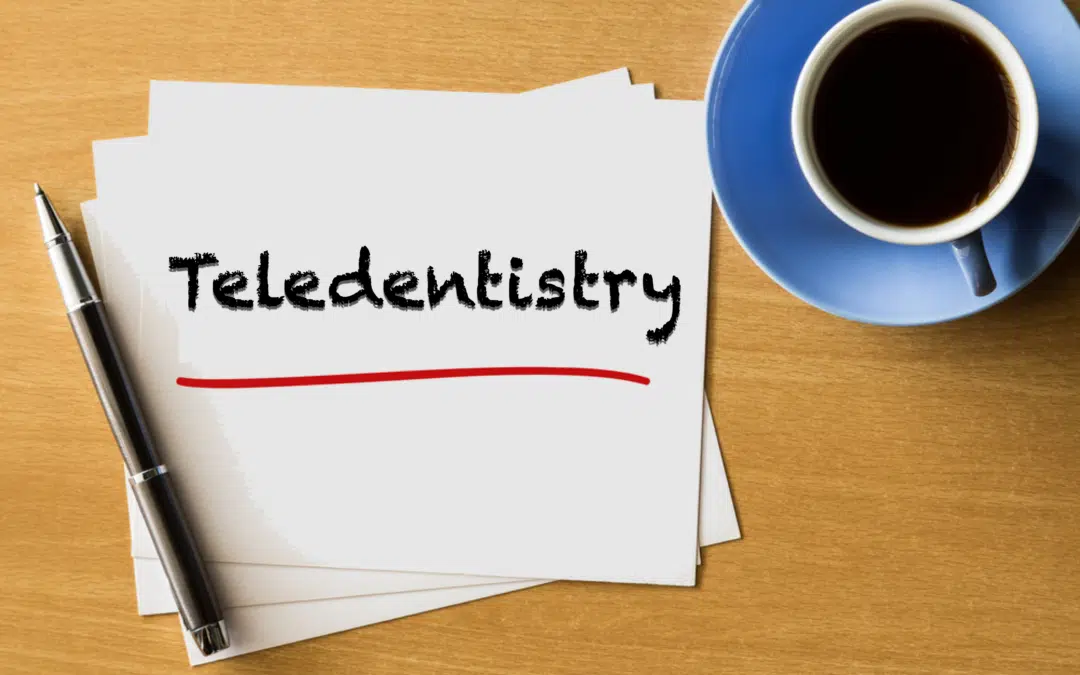As technology continues to revolutionize the healthcare industry, teledentistry has emerged as a convenient and innovative solution for dental care. Teledentistry involves the use of telecommunications technology to provide dental care, consultation, education, and treatment from a distance. In this blog post, we’ll explore what teledentistry is, its benefits, and its drawbacks.
What is Teledentistry?
Teledentistry utilizes digital communication tools such as video calls, emails, digital images, and other online platforms to connect patients with dental professionals. It allows for a range of services, including:
- Virtual consultations and examinations
- Remote diagnosis and treatment planning
- Oral health education and advice
- Monitoring and follow-up appointments
The Pros of Teledentistry
1. Increased Accessibility
Teledentistry makes dental care accessible to individuals in remote or underserved areas. Patients who live far from dental offices or those with limited mobility can receive consultations and care without the need for travel.
2. Convenience
One of the most significant advantages of teledentistry is the convenience it offers. Patients can schedule virtual appointments at times that fit their schedules, reducing the need for time off work or school. It also eliminates waiting room times and travel expenses.
3. Cost-Effective
Teledentistry can be more cost-effective than traditional in-person visits. It reduces overhead costs for dental practices and can lower the cost of care for patients. Additionally, virtual consultations can help prioritize cases that require immediate attention, potentially saving money on emergency visits.
4. Continuity of Care
For ongoing treatments or follow-up care, teledentistry ensures continuity without the need for frequent office visits. Patients can easily check in with their dentists, receive advice, and have their progress monitored remotely.
5. Education and Preventive Care
Teledentistry can play a crucial role in educating patients about oral health and preventive care. Dentists can provide personalized advice, demonstrate proper brushing and flossing techniques, and discuss dietary habits that affect oral health.
The Cons of Teledentistry
1. Limited Physical Examination
One of the main drawbacks of teledentistry is the inability to perform a physical examination. Certain dental issues require a hands-on approach, such as cavity detection, tooth extractions, and other surgical procedures. Virtual consultations cannot replace the tactile and visual examination that in-person visits provide.
2. Technology Barriers
Teledentistry relies on access to technology and the internet. Patients without reliable internet access or those who are not tech-savvy may find it challenging to participate in virtual consultations. Technical issues such as poor connectivity or malfunctioning devices can also hinder effective communication.
3. Regulatory and Insurance Issues
The regulations surrounding teledentistry vary by region and can be complex. Additionally, insurance coverage for teledentistry services may be limited or inconsistent, making it difficult for some patients to afford virtual care.
4. Patient-Provider Relationship
Building a strong patient-provider relationship can be more challenging in a virtual setting. The lack of face-to-face interaction may affect the personal connection and trust that are important in dental care.
5. Emergency Situations
Teledentistry is not suitable for emergency situations that require immediate, hands-on intervention. Severe dental issues, such as abscesses, significant pain, or trauma, still necessitate in-person visits to address the problem promptly and effectively.
Summary
Teledentistry offers a range of benefits, from increased accessibility and convenience to cost savings and continuity of care. However, it also has limitations, particularly in its inability to replace the need for physical examinations and hands-on procedures. As technology continues to advance, teledentistry is likely to become an increasingly valuable component of dental care, complementing traditional in-person visits and enhancing the overall patient experience.
Understanding the pros and cons of teledentistry can help patients and dental professionals make informed decisions about incorporating this technology into their care routines. By leveraging the advantages and addressing the challenges, teledentistry can play a vital role in improving access to dental care and promoting oral health for all.




